The rapid evolution of technology continues to reshape the world, driving innovation and transforming industries at an unprecedented pace. As we move through 2024, several key trends are emerging that promise to redefine the technological landscape. In this blog post, we will explore some of the most significant technology trends, offering insights into how they are likely to impact our lives and industries in the near future.
1. Artificial Intelligence and Machine Learning
Artificial Intelligence (AI) and Machine Learning (ML) are no longer buzzwords; they are integral components of many modern applications. In 2024, AI is expected to become even more ubiquitous, enhancing everything from customer service to healthcare.
- AI in Healthcare: AI-powered diagnostic tools are improving the accuracy of disease detection and enabling personalized treatment plans. For instance, AI algorithms can analyze medical images to detect conditions like cancer at an early stage with higher accuracy than traditional methods.
- Natural Language Processing (NLP): Advances in NLP are making interactions with AI more intuitive and human-like. This technology is being used to develop sophisticated chatbots and virtual assistants that can understand and respond to complex queries in natural language.
- AI Ethics: As AI systems become more powerful, ethical considerations are becoming more pressing. Issues such as bias in AI algorithms, data privacy, and the transparency of AI decisions are being actively addressed to ensure responsible AI development.
2. Quantum Computing
Quantum computing represents a paradigm shift in computational power, promising to solve problems that are currently intractable for classical computers.
- Quantum Supremacy: Companies like Google and IBM are making strides towards achieving quantum supremacy, where quantum computers can perform tasks beyond the reach of classical computers.
- Applications: Quantum computing has the potential to revolutionize fields such as cryptography, materials science, and complex system modeling. For example, it could enable the development of new materials with tailored properties or optimize large-scale logistical operations.
3. 5G and Beyond
The rollout of 5G networks is continuing to accelerate, offering faster speeds and lower latency than previous generations of mobile technology. However, the journey doesn’t stop at 5G; researchers are already looking towards 6G.
- Enhanced Connectivity: 5G is enabling the proliferation of Internet of Things (IoT) devices, connecting everything from smart home appliances to industrial machinery. This enhanced connectivity is paving the way for smart cities, autonomous vehicles, and more efficient supply chains.
- 6G Prospects: Although still in the research phase, 6G aims to offer even faster data rates, improved reliability, and ultra-low latency. Potential applications include real-time holographic communications and advanced augmented reality (AR) experiences.
4. Sustainable Technology
Sustainability is becoming a key focus in technology development, driven by the need to address climate change and environmental degradation.
- Green Computing: Efforts are underway to reduce the energy consumption of data centers and improve the efficiency of computing hardware. This includes the development of energy-efficient processors and the use of renewable energy sources.
- Circular Economy: Companies are adopting circular economy principles, focusing on reducing waste and extending the lifecycle of products. This involves recycling electronic waste, designing products for easier repair, and promoting the reuse of materials.
5. Augmented Reality (AR) and Virtual Reality (VR)
AR and VR technologies are evolving rapidly, finding new applications in various sectors beyond entertainment.
- Enterprise Applications: AR and VR are being used for training, remote collaboration, and design visualization. For instance, AR can provide technicians with real-time information overlays while repairing machinery, enhancing accuracy and efficiency.
- Healthcare: VR is being used for therapy and rehabilitation, providing immersive environments for patients to recover from physical and mental health conditions. Surgeons are also using AR to visualize complex procedures and improve surgical outcomes.
6. Blockchain and Decentralized Technologies
Blockchain technology is expanding beyond cryptocurrencies, offering solutions for secure and transparent transactions across various industries.
- Supply Chain Management: Blockchain is being used to enhance transparency and traceability in supply chains, helping to prevent fraud and ensure the authenticity of products.
- Decentralized Finance (DeFi): DeFi platforms are providing financial services without traditional intermediaries, offering new opportunities for lending, borrowing, and trading assets.
Conclusion
The technological landscape in 2024 is characterized by rapid advancements and transformative innovations. As AI, quantum computing, 5G, sustainable technology, AR/VR, and blockchain continue to evolve, they will create new opportunities and challenges across industries. Staying informed about these trends and understanding their potential impacts is crucial for businesses and individuals alike as we navigate the future.
Whether you’re a tech enthusiast, a business leader, or simply curious about the future, keeping an eye on these trends will help you stay ahead of the curve and harness the power of technology to drive progress and innovation.

